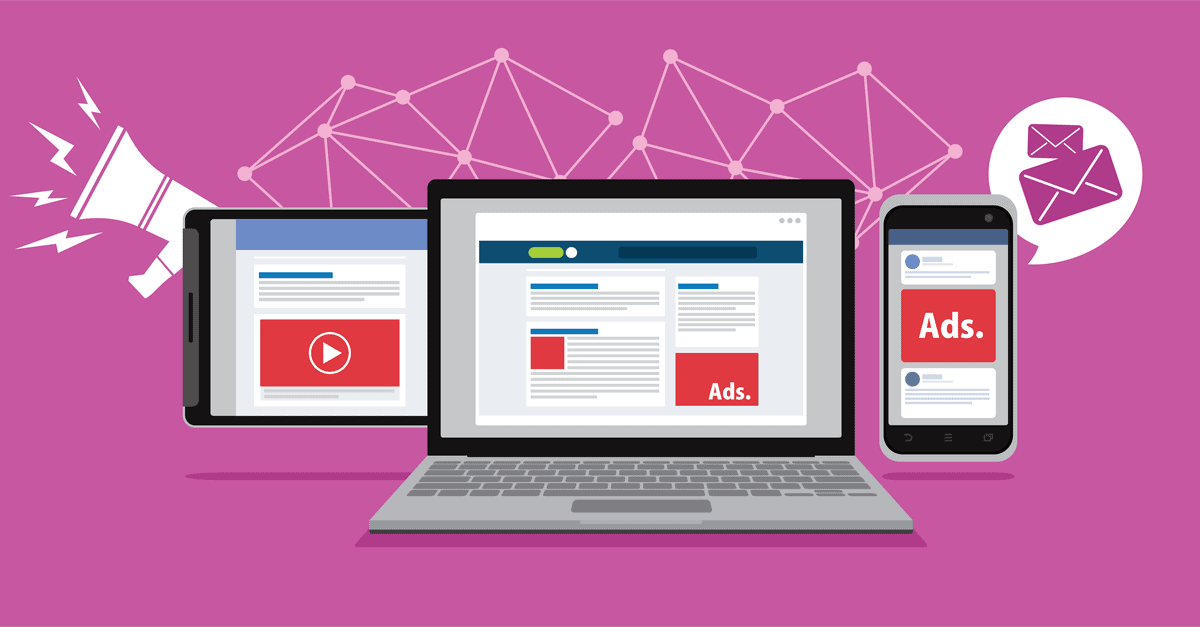
How to Increase Sales With a Next Selling Strategy
Upselling, cross-selling and next selling is the triple threat for any company looking for ways to grow their revenue with their existing customer base.
Leveraging the Triple Threat to Increase Sales
The up-selling, cross-selling, and next selling combo is the triple threat for marketing and sales leaders seeking to accelerate revenue, at a lower cost of sales, from their existing customer base.
Up-Selling
Up-selling is the sales act of getting a buyer to buy a more enhanced version of what they’re currently ready to purchase.
If they’re ordering a burger, ask if they want to make it a double. If they’re buying a laptop computer, sell them a bigger screen size, more storage, more RAM, or a faster processor.
Once a customer has made a commitment to buy the ‘basic’ version, increase revenue with an up-sell.
Cross Selling
Cross-Selling is persuading a buyer to purchase products or services that complement what they’re currently ready to purchase.
If they’re buying a double burger, suggest adding an order of fries and a soft drink. If they’re buying a computer, suggest that they add a computer bag, screen privacy filter, software applications, LED projector, or a tablet.
Effective cross selling will increase the revenue on the purchase by 5%-15%.
Next Selling
Next Selling is following up with a buyer after a purchase with an exclusive offer.
If, for example, the buyer bought a combo meal, a fast food chain could send them an exclusive burger-of-the-month club offer only available to real burger lovers. With a computer, the store could send them an exclusive offer to attend a ‘how to use your computer’ workshop at a discounted to $99 from the regular price of $300.
Two Ways to Deploy a Next Selling Strategy
Recency Strategy
The recency strategy is easiest to implement and execute. It only requires that you compile a list of buyers who’ve purchased, within a specified timeframe. Example, any customer who purchased a computer in the last 7 days.
Cohort Strategy
The cohort strategy requires more analysis to identify buyers who’ve made multiple purchases and organizing them into groups or cohorts.
One buying group (cohort), for example, may have purchased a computer along with a computer bag and extra RAM. Next, you must answer the question:
Are buyers who purchased a computer along with 2+ items more likely to buy a discounted workshop?
Next, generate a list of buyers who fit into this cohort. Then, split the data into a target market group and a control group. The TM group will receive the discounted offer and the control group will receive the full-price offer.
The results may show that the discounts had no effect. On the other hand, you may discover that the discounted workshop resulted in a significant revenue lift
If your company has a massive customer data set, the number of possible cohorts are endless. This is where Machine Learning (ML), a subset of Artificial Intelligence (AI) may need to take over. The algorithm (program) can crunch the data, analyze the scenarios, and help you make better decisions about next selling strategies.
About the author
Victor Antonio
Victor Antonio's poor upbringing in one of the roughest areas of Chicago didn't stop…
Get FREE Sales Training Delivered to Your Inbox
Join more than 360,000 professionals who get our weekly newsletter.
Related Articles

Learn Online
Self-paced courses from the
world's top sales experts

Virtual Training
Live, interactive instruction in small
groups with master trainers

Coaching
One-to-one personalized coaching
focused on your unique situation






